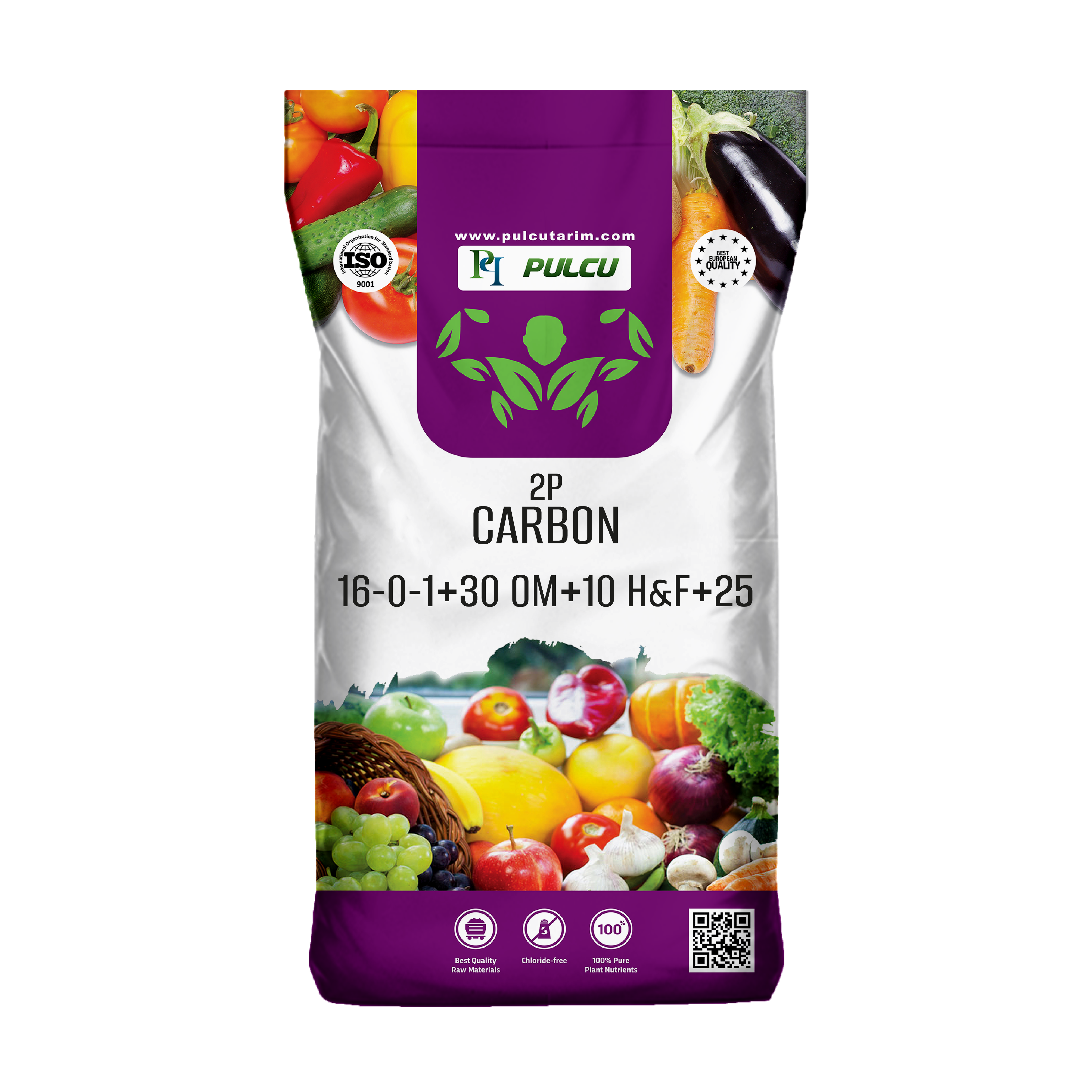Our New Generation Slow Release Fertilizers containing DMPP / DCD inhibitor minimize nitrogen losses by delaying the conversion of ammonium (NH4 +) nitrogen to nitrate (NO3-) nitrogen for 6 – 10 weeks depending on soil temperature. Thus, it is ensured that the plant makes the maximum use of the given nitrogen. This is of great importance both in terms of reducing input costs in agricultural production and in protecting the natural environment.
Briefly, New Generation Slow Release Fertilizers:
- reduce fertilizer costs by reducing the number and amount of applications.
- delay nitrification, reduces the amount of nitrate in the plant. Thus, the nutritional quality of fruits, vegetables and cereals is improved and their storage life is extended.
- with a balanced supply of ammonium (NH4 +), reduce the pH in the root zone to ideal levels and this ideal level is maintained for a long time thanks to the DMPP inhibitor. Thus, the uptake of phosphorus and microelements bound in the soil by plants increases.
- promote feeding. Thereby, a significant energy saving is achieved in the plant as compared to the use of Nitrate (NO3-). With this extra energy, the synthesis of phytohormones and polyamines is stimulated to increase flowering and yield.
| Guaranteed Analysis | w/w |
| Total Nitrogen (N) | 20% |
| Ammonium Nitrogen (N-NH4) | 3.5% |
| Urea Nitrogen (N-NH2) | 16.5% |
| Dicyandiamide (DCD) | 0.48% |
| Neutral Ammonium Citrate and Water-Soluble Phosphorus Pentoxide (P2O5) | 10% |
| Water-Soluble Potassium Oxide (K2O) | 10% |
| Water-Soluble Sulfur Trioxide (So3) | 10% |
Crop Types | Application Rates |
Pome & Stone Fruit Trees (depending on age) | 1 – 4 kg/tree |
Greenhouse Vegetables & Vineyards | 60 – 80 kg/daa |
Field Vegetables, Leafy Winter Vegetables, Watermelon, Melon, Carrot, Radish, and Strawberry | 40 – 50 kg/daa |
Industrial Crops | 50 – 60 kg/daa |
Grains & Pastures | 30 – 40 kg/daa |
Potato | 100 – 120 kg/daa |
Banana | 120 – 150 kg/daa |
Hazelnut | 1 – 4 kg/pot |









